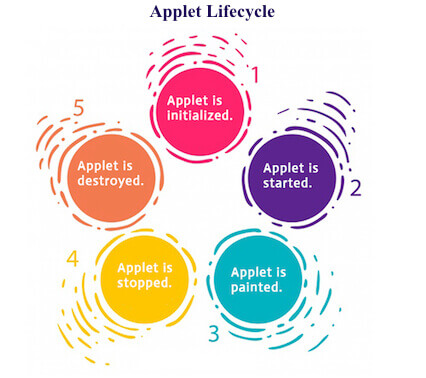

- #Javascript get mac address with signed applet how to#
- #Javascript get mac address with signed applet install#
- #Javascript get mac address with signed applet manual#
- #Javascript get mac address with signed applet code#

#Javascript get mac address with signed applet install#
Hmmm.Ĭonfig.action_okies_same_site_protection = :lax'Īny idea what this means and some guidance would be welcome.Oracle has effectively decommited Applets, so this Applet will no longer run online in your browser, but it is a hybrid youĬan also download, install and run it on your own machine as standaloneĪpplication. One thing I noticed, changing this Rails setting from :lax to :none seems to suppress the error. However, I'm receiving this error:ĮRROR - omniauth: (apple) Authentication failure! nonce_mismatch: OmniAuth::Strategies::OAuth2::CallbackError, nonce_mismatch | nonce mismatch
#Javascript get mac address with signed applet manual#
Authentication works in all major browsers via a more manual approach. Safari prompts me for my fingerprint, I authenticate, and it redirects back to the web app logged in. Using the Ruby Gems -, Devise ()Įverything is "wired" up, and authentication seems to be working. Not sure if it's an Apple issue, OmniAuth, or perhaps code. Trying to troubleshoot a "Nonce Mismatch" error with Apple SIgn In.
#Javascript get mac address with signed applet how to#
How to fetch additional user data in authorization response using embedded Sign in with Apple JS while usePopup is true ? T=e.usePopup?t+"&response_mode="+encodeURIComponent("web_message"):t+"&response_mode="+encodeURIComponent(e.responseMode) There is no way to define response_mode=form_post in while usePopup is true because it is automatically overwritten by embedded Sign in with Apple JS to web_message. In the meantime please add &response_mode =form_post in the request we will make form_post as default and remove redirect. We only support response_mode "form_post". User data is returned correctly when usePopup is set to false but then every time we have to enter AppleId which was the reason why our app was rejected by the Apple reviewer.Īfter research I have found that the problem is with response_mode, it needs to be set to form_post rather than web_message what is also described here -> Use space separation when requesting multiple scopes for example, "scope=name email". I defined scopes as described in documentation Try again later." (In the console log, it throws the following:
#Javascript get mac address with signed applet code#
When I build the React app and put the resulting code on my development site, it chokes - displaying an error that says: "Your request could not be completed due to an error. (It lest me sign in, performs the 2A authentication, then gives me a Continue button - but won't move forward from there.) When I use React to preview the process in localhost, it works up until the point that it is supposed to return the data collected back to me. I've set the redirectURI to (only with my actual development site url). I'm currently using an npm package called: "react-apple-signin-auth". (Disclaimer: I've been doing web development for over a decade, but React is brand new to me - as in since Jan 1.) Now, I am trying to move it into a React App. I've previously done a successful test implementation of "Sign in with Apple JS" in straight HTML / JS.


 0 kommentar(er)
0 kommentar(er)
